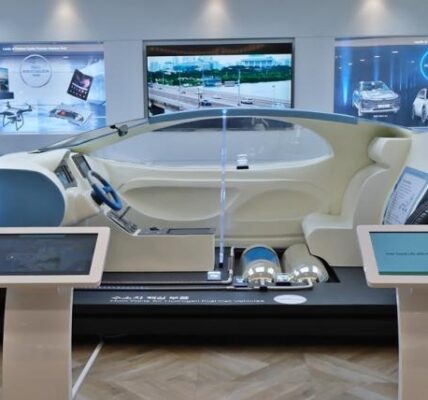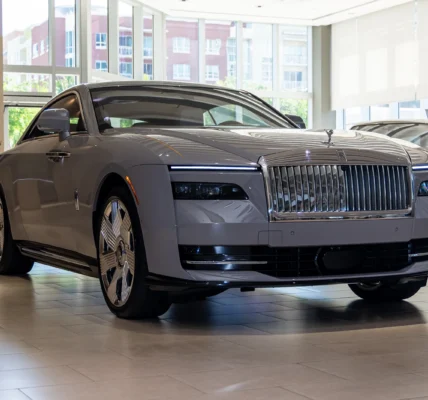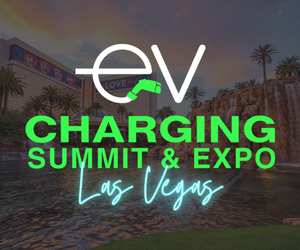There will be 30 million to 42 million electric vehicles on U.S. roads in 2030, requiring a rapid, widespread buildout of charging infrastructure that will be focused on homes and multi-family residencies, according to a new report from the National Renewable Energy Laboratory.
The mid-adoption scenario of roughly 33 million plug-in vehicles will require 26.8 million Level 1 and Level 2 ports at single-family homes, apartments and other locations, NREL said. Another 182,000 public direct current fast chargers, or DCFC, will be needed, along with 1 million Level 2 public chargers located near offices, retail stores and in high-density neighborhoods.
The study shows “we’re going to need to continue to work together — both public and private entities — to build the national network that we’ll need,” said Eric Wood, an NREL senior researcher who led the study’s team.
Dive Insight:
A cumulative national capital investment between $53 billion and $127 billion will be needed to construct sufficient charging infrastructure by 2030, according to NREL’s study.
Of the total, up to $72 billion will be required for Level 1 and Level 2 private chargers, while up to $44 billion will go to build out public DCFC infrastructure. In addition, up to $11 billion will be needed for publicly accessible Level 2 ports. And those figures do not include the costs of grid upgrades and distributed energy resources, NREL said, which “can be significant in many cases and will ultimately be critical in building out the national charging network.”
NREL determined power system costs “tend to be site-specific” and considered them out of the scope of its analysis.
There are less than 1.5 million charging ports in the U.S., according to the report, which also identified about about 132,000 publicly accessible charging ports already installed as of March, including 29,000 DCFC ports.
“We have detailed estimates of what infrastructure will be needed,” Wood said in a June 27 statement. “American drivers’ interest in electric vehicles is accelerating year over year, and we’re already seeing the market respond with new investments.”
Electric vehicles comprise up to 10% of new vehicle sales as of early 2023, according to the report. President Joe Biden wants half of new light-duty vehicle sales to be electric by 2030, and is directing the rollout of a 500,000-public-charger network.
The report notes the technology behind vehicle charging is evolving, particularly for fast chargers.
“While most near-term fast charging demand is simulated as being met by 150-kW DC chargers, advances in battery technology are expected to stimulate demand for higher-power charging,” the report noted. “We estimate that by 2030, DC chargers rated for at least 350 kW will be the most prevalent technology across the national fast charging network.”







